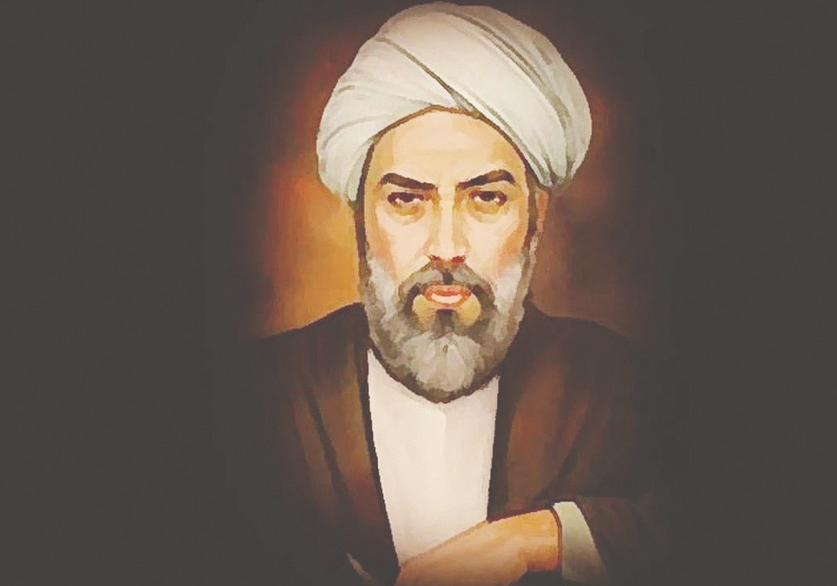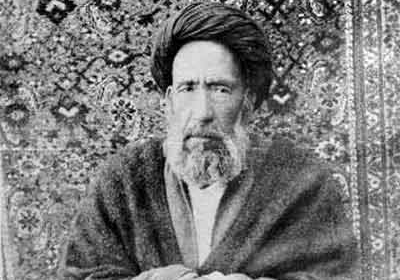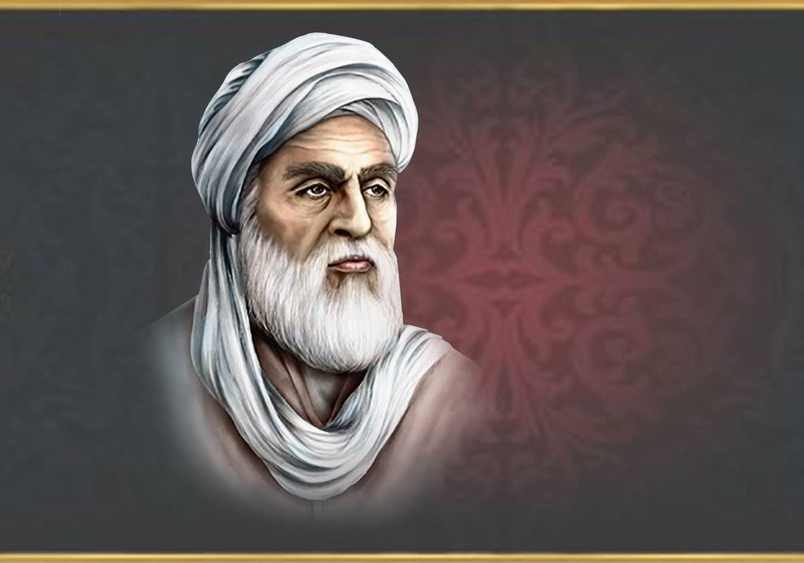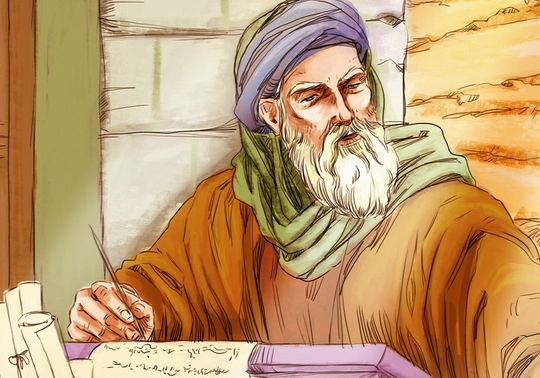
Why is Sa’di Still Alive?
Sa’di is adored by all Persian-speaking people and all those who are fascinated by Persian literature. Sa’di conquered Persian prose and secured an undeniable position for himself in that regard. People often refer to his poems and prose writings in two of his renowned books “Bustan” and “Gulistan”. Many individuals seek assistance from Sa’di’s poems and stories in order to express their opinions or preserve their dignity.
Literary Characteristics
Being brief and unambiguous are two of the most important characteristics of Sa’di’s works. The first day of the Iranian month of Ordibehesht (coinciding with 21 April) is named after him, for it was the day he began writing Gulistan.
Indeed, Sa’di’s strife for peace is exemplary today. His works urge humanity to be just, act humanely, be ethical, and avoid being oppressive. He has clearly expressed that in his poem:
"Human Beings are members of a whole
In creation of one essence and soul
If one member is inflicted with pain
Other members uneasy will remain
If you have no sympathy for human pain
The name of human you shall not retain"
The Status of Sa’di among Iranians
Iranians take big pride in Sa’di. They feel blessed to be able to visit his grave. Sa’di’s reputation has exceeded Iranian territories. This 13th-century Iranian poet expanded the cultural territories of Iran by focusing on issues such as peace, compassion, tolerance, and mercy. Another great Iranian poet, Hafez, mentions that in one of his famous poems:
“Oh, Sa’di, a man with a good reputation never dies
He who doesn’t have a good reputation is considered dead”
It has been 700 years since Sa’di got the title “the first teacher”. The title stems from the fact that Sa’di taught literature to Iranian families. “Sheikh-e Ajal”, “Ustad-e Sokhan” (Master of words), and “Padeshah-e Sokhan” (King of words) are some of Sa’di’s nicknames. They were given to him by Persian literary figures because of the quality of his writing and the depth of his moral thoughts. His works are a significant point of reference for Farsi learners today. His full name was Abu-Muhammad Muslih al-Din bin Abdallah Shirāzi, also known by his pen name Sa’di.
Historians argue that Sa’di derived his nickname from the name of the most influential Atabek (ruler) of Fars province “Abubakr bin Sa’d bin Zangi”. Atabeks ruled Shiraz in the 13th century AD. As a young man, Sa’di traveled to Baghdad to join Al-Nizamiyya, where he could learn religion and literature. He was tutored by the likes of Shihab al-Din Suhrawardi and Ibn al-Jawzi. He mastered Arabic Morphology, Qur’an, and Jurisprudence before he traveled to Hejaz and Levant.
Bustan and Gulistan, Two of Sa’di’s Internationally Renowned Works
Sa’di wrote his first book “Bustan” on his way to Hejaz in 1257 AD and presented it to Abubakr bin Sa’d bin Zangi after he returned to Shiraz. “The Guardian” has referred to Bustan as one of history’s top 100 books.
The compilation of Gulistan was quite different as compared to Bustan. Sa’di finished writing Gulistan in six months. The book is filled with life-changing lessons. The eight chapters of the book include such narrative titles as “The Mirror of the Princes”, “The Conduct of Dervishes”, “The Virtue of Contentment”, “The Benefits of Silence”, “Youth and Love”, “Weakness and Age”, “Impacts of Upbringing” and “Manners of Speech”. Every chapter in Gulistan indicates Sa’di’s urge to raise moral issues. Sa’di’s writings are quoted by Iranians everywhere. He wrote in the first chapter: “Ten dervishes could sleep on the same rug, but two kings cannot live in the same palace”.
Sa’di’s Grave
Sa’di was buried in the middle of Fahandezh Mountain in Shiraz. The place is known as “Sa’diah” today. It is stated that the place used to be Sa’di’s Khangah (a building designed for educational and spiritual purposes). The building has eight angles and a high roof designed with the best of Iranian architecture. Nowadays, a lot of Iranian literary figures and artists seek comfort in the building’s peaceful garden.
The first day of Ordiehesht (21st of April) is called “Sa’di Day” in the Iranian national calendar.
| JIna | Why is Sa’di Still Alive? |
| Nchi | Iran |
| Jina la Utani | Sa’di |
| Wakati wa Uzalishaji | 13th century |
| kazi | Bustan Gulistan |



_29_2.jpg)



_29_2.jpg)
Chagua Kwa Umakini
Upofu wa Nyekndu Upofu wa Kijani Upofu wa bluu Nyekundu Ngumu Kijani Ngumu Kuona Buluu Ngumu Kuona Monochrome Monochrome maalumMabadiliko ya ukubwa wa maandiko:
badilisha nafasi za maneno:
Badilisha urefu wa mistari:
Badilisha aina ya panya:













